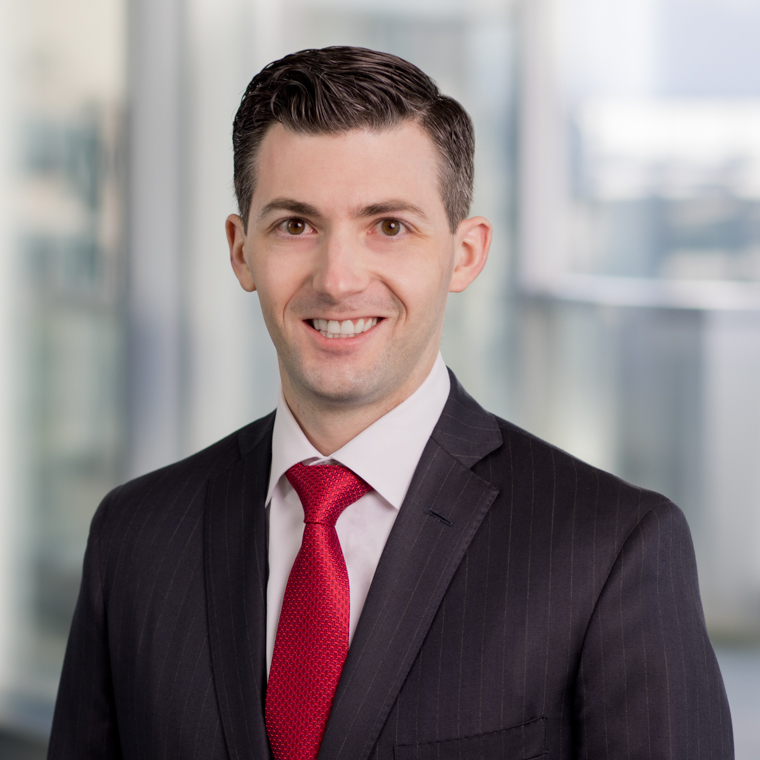The Center for Audit Quality and Audit Analytics recently released their 2017 Audit Committee Transparency Barometer. As in past years, the 2017 report “illustrates the continuing positive trend of audit committees voluntarily providing enhanced disclosure around the audit committee’s role in overseeing the external auditor.” The groups’ fourth annual report is based on a review of proxy statements filed through the end of June 2017 by companies in the Standard & Poor’s Composite 1500, which is comprised of companies in the S&P 500, S&P MidCap 400, and S&P SmallCap 600 indices.
Similar to last year’s report, the latest data continues to show growth in the percentage of S&P 500 companies disclosing information in several key areas, including external auditor appointment, tenure of audit firm engagement, engagement partner selection, and engagement partner rotation. Among the trends identified, the 2017 report specifically notes the following with respect to S&P 500 companies since the report began in 2014:
- 37% disclosed whether the audit committee discussed its considerations in appointing the external auditor, as compared to 31% in 2016 and 13% in 2014.
- 63% disclosed the length of time the auditor has been engaged, as compared to 59% in 2016 and 47% in 2014.
- 20% disclosed whether the audit committee is responsible for audit fee negotiations, as compared to 17% in 2016 and 8% in 2014.
- 38% discussed the criteria the committee considered when evaluating the audit firm, as compared to 34% in 2016 and 8% in 2014.
- 49% expressly stated that the audit committee is involved in the selection of the audit engagement partner, as compared to 43% in 2016 and 13% in 2014.
- 46% stated that the engagement partner rotates every five years, as compared to 39% in 2016 and 16% in 2014.
Two categories of enhanced disclosures, both of which related to audit fees, showed declines from 2016 among S&P 500 companies:
- 5% included a discussion of how audit fees relate to audit quality in 2017, as compared to 9% in 2016 and 13% in 2014.
- 31% explained a change in fees paid to the external auditor in 2017, as compared to 34% in 2016 and 28% in 2014.
New in this year’s report is data regarding disclosure of whether the evaluation of the external auditor occurs at least annually. Among S&P 500 companies, 21% provided such disclosure in 2017, up from 19% in 2016 and 4% in 2014. Notwithstanding annual increases in such disclosures, the CAQ and Audit Analytics “suspect that the percentage of companies disclosing this information is low relative to the percentage of companies that are actually performing annual evaluations of the external auditor.”
Looking across the three S&P indices, year-over-year changes have tended to move in the same direction for each of the three indices, though the magnitude of the change varied by index. As in past periods, the percentage of companies providing enhanced disclosures tended to decrease when moving from larger to smaller indices. Overall, trends generally remained consistent with those identified in prior years and are consistent with recent reports by the Deloitte Center for Board Effectiveness and the EY Center for Board Matters (See our August 17, 2017 post).
Observing that the SEC has not taken formal action since its 2015 Concept Release on possible revisions to audit committee disclosures (see this previous post), the CAQ/Audit Analytics report highlights the fact that SEC officials continue to monitor and speak publicly on the topic. Earlier this year at the University of Tennessee’s C. Warren Neel Corporate Governance Center, SEC Chief Accountant Wes Bricker “encourage[d] audit committee members of listed companies to continue to consider reviewing their audit committee disclosures and consider whether providing additional insight into how the audit committee executes its responsibilities would make the disclosures more effective in communicating with investors.” More recently, in an interview with the Brookings Institution, SEC Chairman Jay Clayton commented that “the kind of dialogues that audit committees have today with their auditors and the [audit committee] disclosure that comes out of that versus 20 years ago, you can’t help but say, ‘this is a huge improvement.’”
As the 2018 proxy season approaches, audit committees should continue to evaluate disclosure trends among their peers, particularly with respect to disclosures related to the oversight of the external auditor. In addition, audit committees should consider the impact of the PCAOB’s new requirement for auditors to disclose auditor tenure in the audit report, beginning with audits of fiscal years ending on or after December 15, 2017 (see this previous post). In light of this new disclosure, which will apply to all public companies, audit committees, particularly those with long-tenured auditors, may want to discuss why the selection of their auditors is in the best interests of their companies and stockholders.
